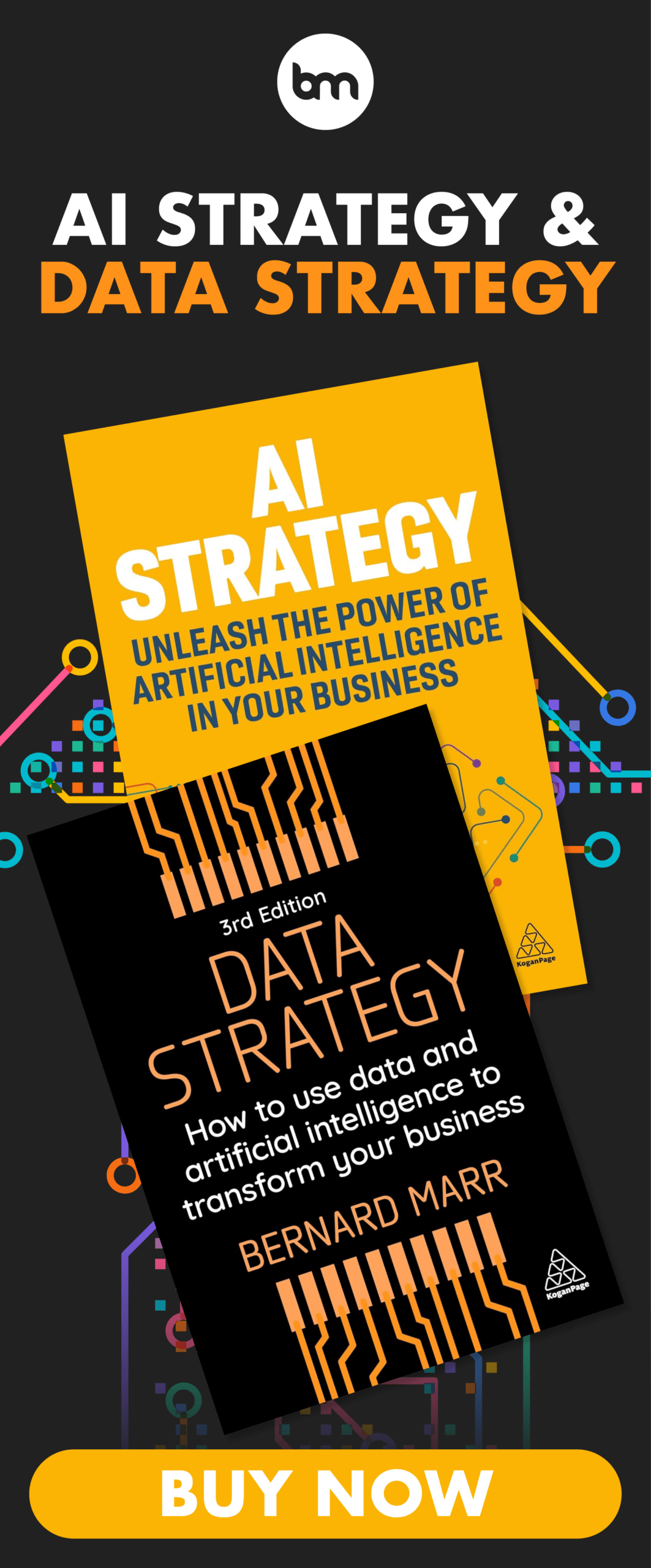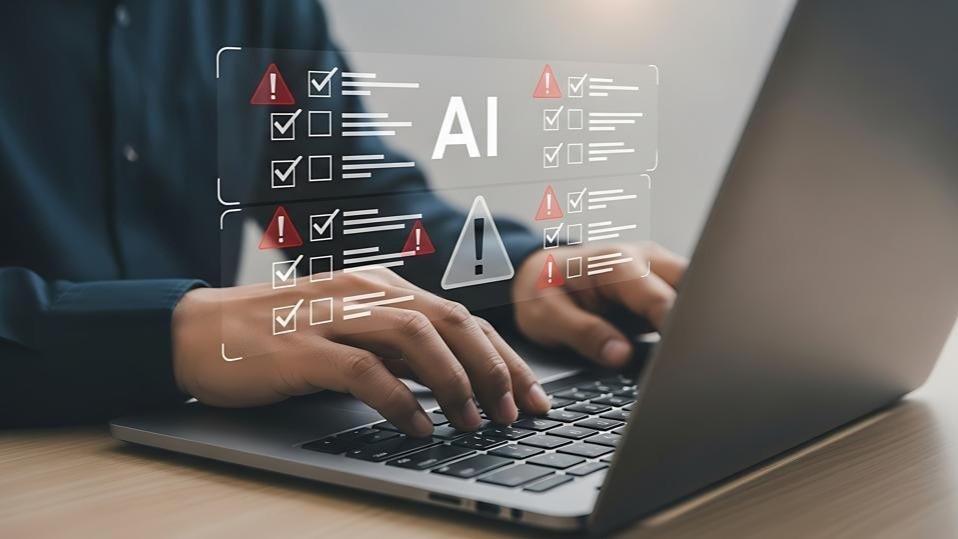The Intersection Of AI And Human Creativity: Can Machines Really Be Creative?
10 April 2023
The ability to be creative has always been a big part of what separates human beings from machines. But today, a new generation of “generative” artificial intelligence (AI) applications is casting doubt on how wide that divide really is!
Tools like ChatGPT and Dall-E give the appearance of being able to carry out creative tasks – such as writing a poem or painting a picture – in a way that’s often indistinguishable from what we can do ourselves.
Does this mean that computers are truly being creative? Or are they simply giving the impression of creativity while, in reality, simply following a set of pre-programmed or probabilistic rules provided by us?

What is Creativity?
In order to tackle this seemingly complicated and philosophical quandary, we need to start by defining what creativity actually is.
The Oxford dictionary gives a simple definition: “The use of imagination or original ideas to create something.”
I think “imagination” is a good starting point for this investigation – after all, it’s the faculty that we associate with our ability to have new ideas – and, therefore, the genesis of creativity.
The workings of the human brain – of which imagination is one element – are largely still a mystery. But we can consider the importance of “imagination” to mean that some element of thought has to go into the process of making something in order to consider that we are being creative.
It’s also important that whatever we create has some meaning, significance, or value – if we just randomly put words together into a jumbled word-soup or scribble ink across a page without even thinking about its aesthetic value, let alone the message we are trying to communicate, we don’t usually think that we’re being creative – we’re just making a mess!
There also has to be an element of originality - simply copying someone else's painting or poem can't really be called creativity unless we are making our own interpretation or adding our own unique touch to it.
Human ideas and imagination often come from making connections – we see, hear, feel, or learn something, and this causes us to form an idea or opinion. When we express this by creating something that represents that connection – such as writing a poem about something sad in order to communicate the sadness of an event or situation to others – we are being creative in a very human way.
Generative AI
Generative AI involves machine learning (ML) algorithms that can learn a set of rules by studying a large amount of existing data (known as “training data”) and using the rules it learns to create something new based on an input (known as a “prompt”).
For example, by being trained on 1,000 descriptions of "the sun," it might establish rules that say there is a high probability that “the sun” is hot, massive, yellow, and roughly 100 million miles away.
Therefore, when it’s asked to create a piece of text describing the sun, it has all the information it needs to do it.
The same principle would apply if a graphical generative AI algorithm were asked to draw a picture of the sun or if a sound-based algorithm was asked to compose a piece of music inspired by the sun.
In this very simplified example, the hypothetical AI algorithm is using just four parameters – heat, size, color, and distance from us – to create content about the sun.
One of the most advanced generative AI models available today – OpenAI’s GPT-4 – is believed to have been trained on around one trillion parameters. The precise details of the training dataset have not been made public, but we can assume it knows far more about the sun than the hypothetical model used for our example.
This means that the content it can generate can be far more detailed, sophisticated, in-depth, and, from a certain point of view, creative.
Let’s test this out – this is GPT-4’s (via ChatGPT Plus) response to my prompt “write a haiku about the Sun”:
“Golden Orb Ascends
Warmth embraces Earth below
Life awakes with light."
Now, a haiku is a very limiting form - which, of course, is why we consider the ability to write them well to be so "creative."
But even so, the algorithm has been able to pack in an impressive amount of knowledge, ideas, and concepts into the poem. These include the color and shape of the sun, the fact it emits heat, shines down on the planet Earth, and, by doing so, enables life.
I am no poet, but I am a human – and I would have a great deal of difficulty expressing all of those distinct concepts in the three-line, five-seven-five syllable structure of a haiku. Does this mean the algorithm is more creative than me? From a purely objective point of view, it seems difficult to argue that it isn’t!
Can Computers Have New Ideas?
In order to really get closer to a definitive answer to the question, though, it’s important to remember one thing:
No matter how impressive a piece of computer-created poetry or artwork might be, it’s always built from blocks carved out of the data that’s used to train it. In other words, it isn’t genuinely capable of what we would call “original thought” – having new ideas of its own.
Are humans? Well, as we mentioned before, we have a faculty that we call "imagination," which we think of as an ability to conjure up new ideas and concepts in our heads. But how many of what we consider to be our own original thoughts are derived from things we’ve previously seen, heard, read, experienced, or learned? As we’ve already covered, the workings of the human brain are still largely a mystery, even to psychologists and neuroscientists.
But one point I think that can be made about how we differ from machines in this regard is that the connections we make between things we’ve previously experienced and the new ideas we come up with are something to do with our humanity. It’s things we’ve previously seen, heard, and read (our own “training data”) but filtered through the lens of our own perceptions, feelings, beliefs, and experiences – in other words, our humanity.
After all, it’s these feelings, beliefs, and experiences that make us what we are – human. Generative AI algorithms make connections too, but they do it in an entirely probabilistic, mechanized way – simply by determining what words or concepts are most frequently connected together. "What shape is the Sun?" – "The Sun is an orb."
ChatGPT Plus may know that the sun gives off heat and light and makes it possible for light to exist. But it doesn’t have its own personal thoughts, feeling, and memories about the sun in the same way that you or I do.
The Illusion of Creativity
It might seem that today, the best way to sum up the difference between human creativity and machine creativity is to consider that human creativity is the original source and machine creativity is best thought of as an emulation, or an illusion, of human creativity. A digital extension of our ability to express ourselves, generate new ideas, and inspire an emotional response from our audience.
After all, without humans to create the data that's been used to train seemingly highly creative machine intelligence like Dall-E and GPT-4, they wouldn't be capable of "creating" anything more impressive than random word-soup or a toddler's scribblings.
However, generative AI is without a doubt the closest we have come to machines that can be thought of as creative, and arguing the case for or against it is, at this point, really just a matter of semantics.
As time goes on and AI becomes even more capable, our definition of “creative” – which we use to determine our answer to the question we’re tackling here - will undoubtedly change. We might find that human creativity itself changes – as we attempt to find ways in which we can express ourselves that continue to go beyond what machines are capable of.
This could give rise to entirely new ideas about what makes us human – a question that many people consider to lie at the heart of much of the art that we’ve created – as well as new forms of art and creative expression.
One thing we can say for certain is that forcing us to reassess our ideas around what constitutes art, expression, and creativity is just one of the many tumultuous effects that AI will have on society in the coming years. And if the result of that is that we understand a little more about what it is that makes us human, then that by itself could have all kinds of implications for how we live our lives in the future.
Related Articles
5 AI-Era Skills Mistakes That Will Cost Your Business Millions In 2026
By now, “smart” versions exist of just about every home appliance, gadget and gizmos we can think of. However, manufacturers continue[...]
5 ESG Trends That Will Shape Business in 2026
By now, “smart” versions exist of just about every home appliance, gadget and gizmos we can think of. However, manufacturers continue[...]
Sign up to Stay in Touch!
Bernard Marr is a world-renowned futurist, influencer and thought leader in the fields of business and technology, with a passion for using technology for the good of humanity.
He is a best-selling author of over 20 books, writes a regular column for Forbes and advises and coaches many of the world’s best-known organisations.
He has a combined following of 4 million people across his social media channels and newsletters and was ranked by LinkedIn as one of the top 5 business influencers in the world.
Bernard’s latest book is ‘Generative AI in Practice’.






Social Media